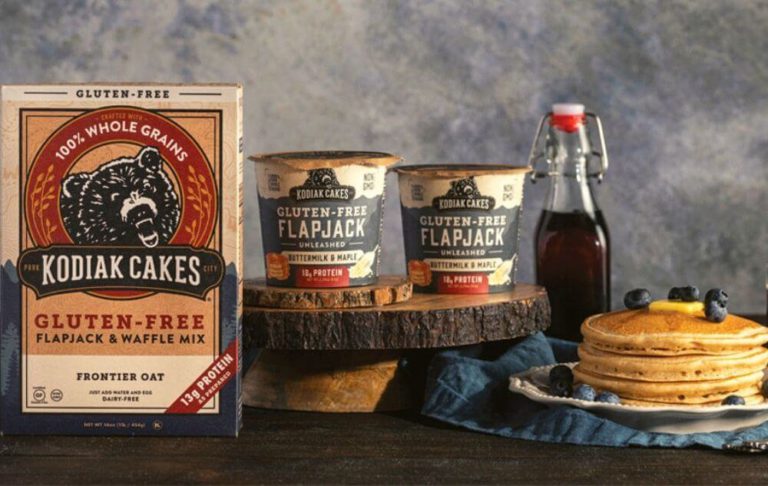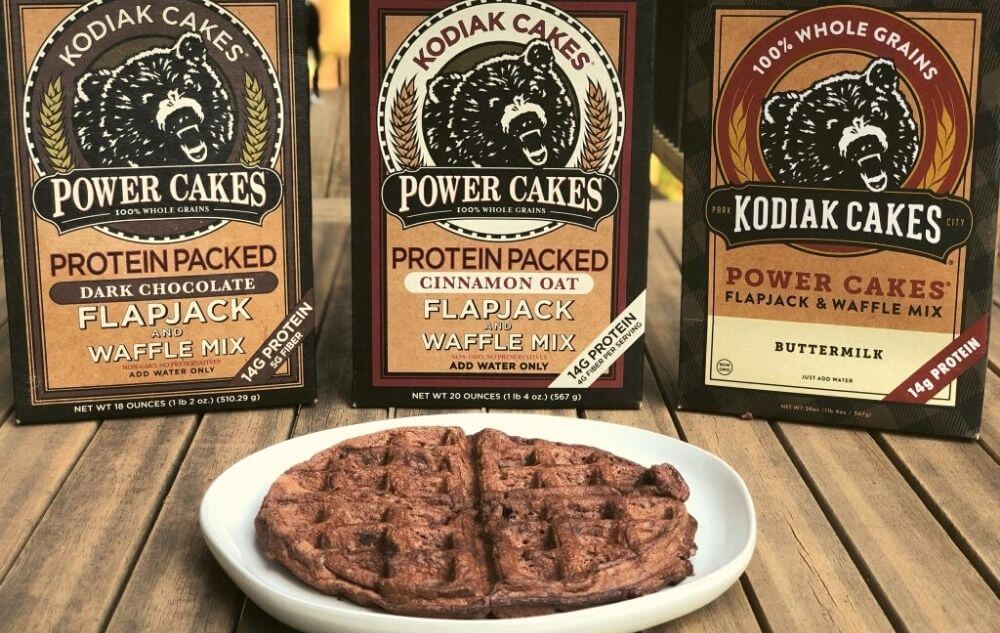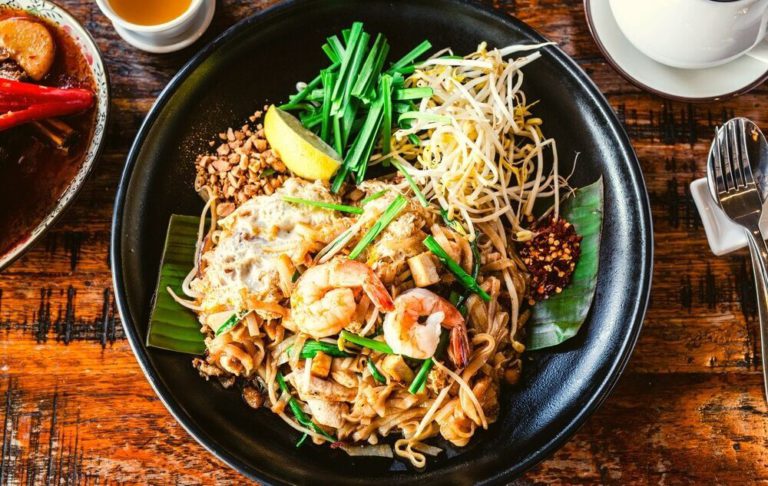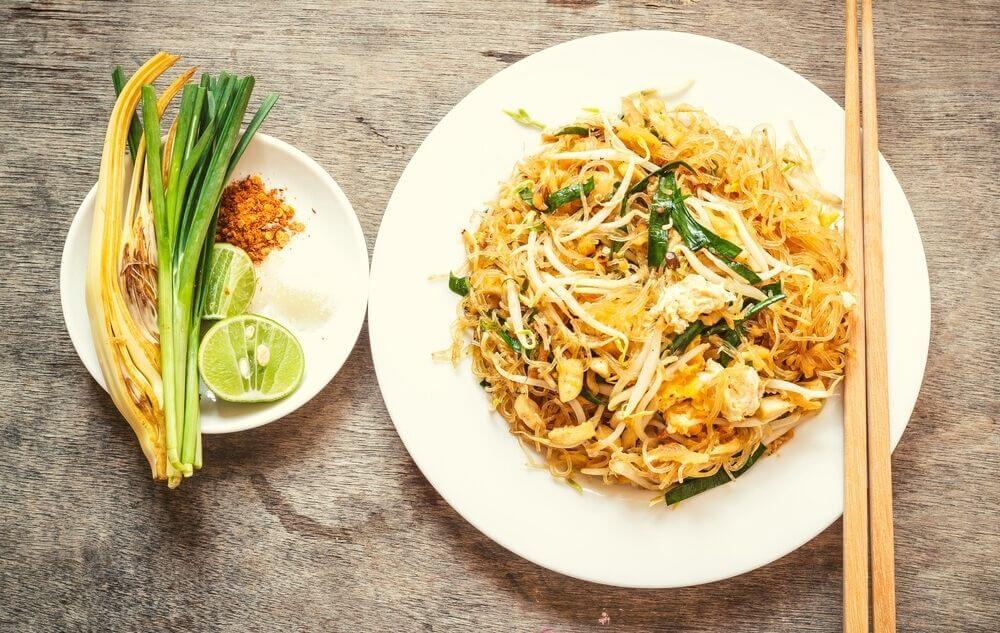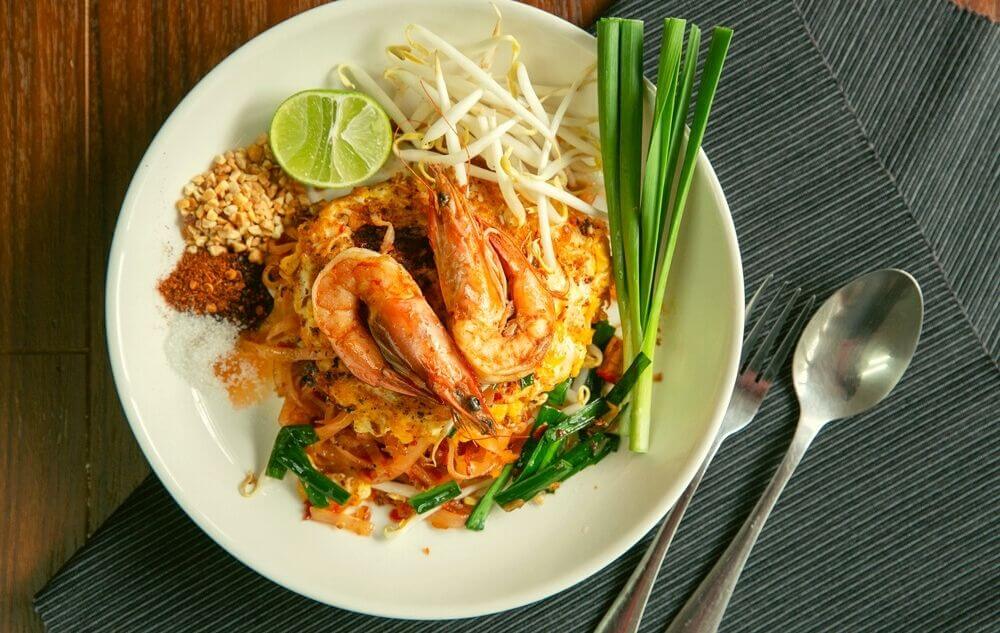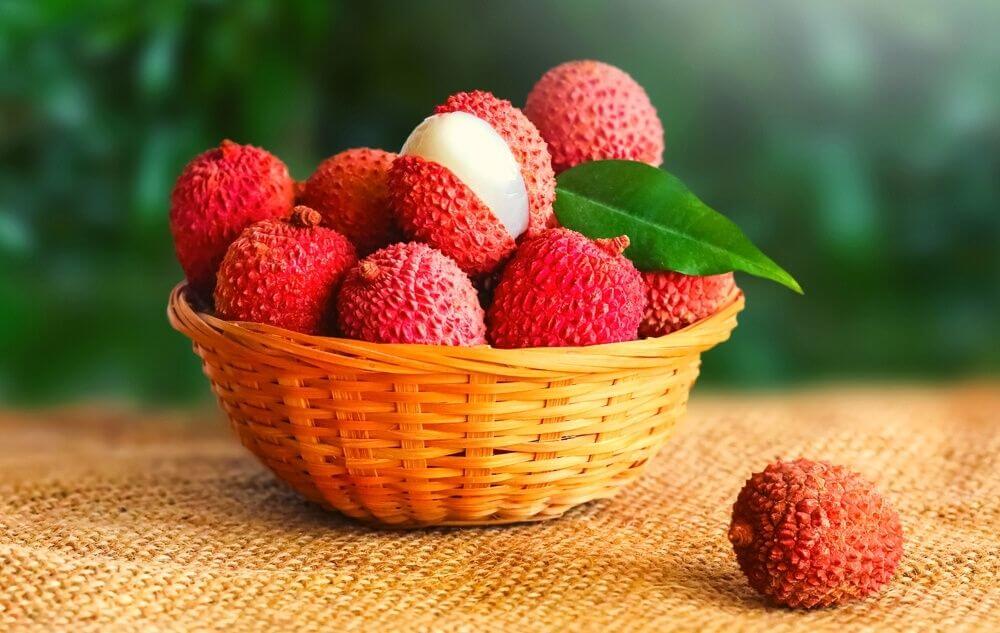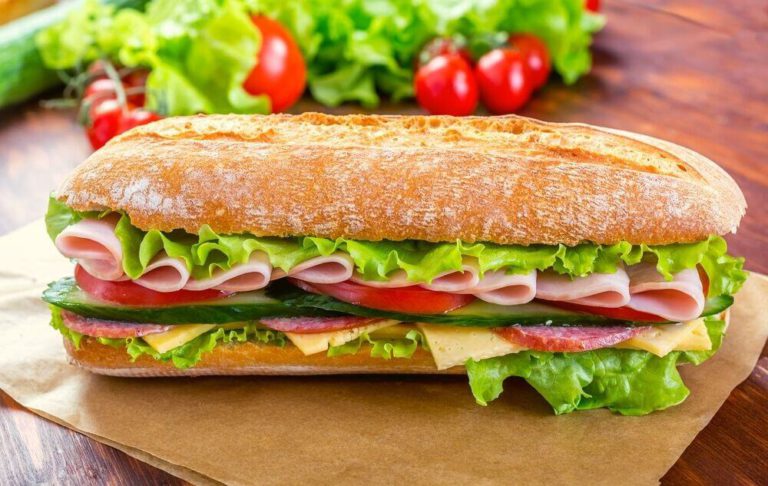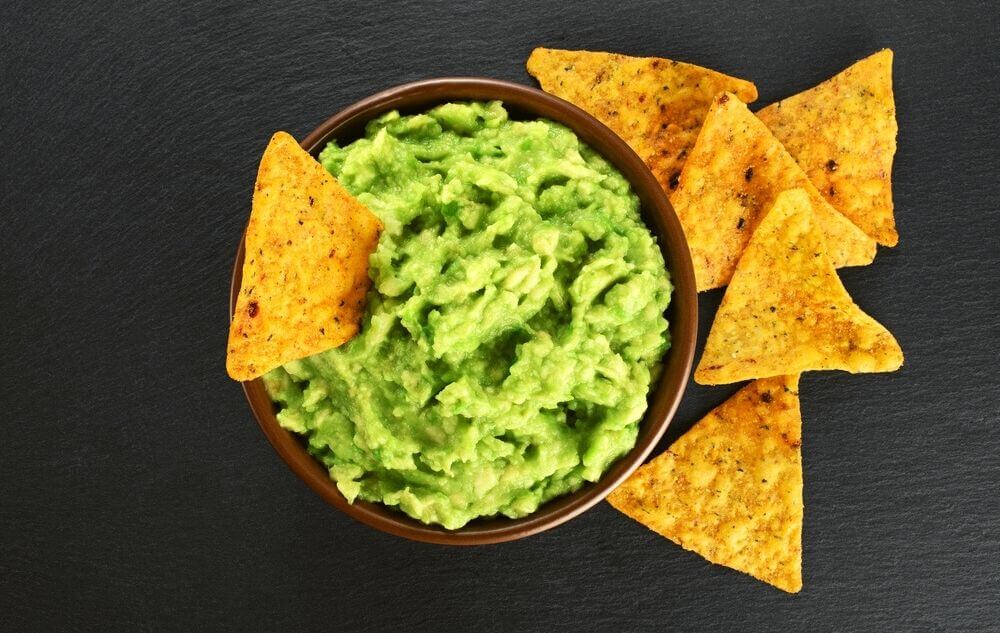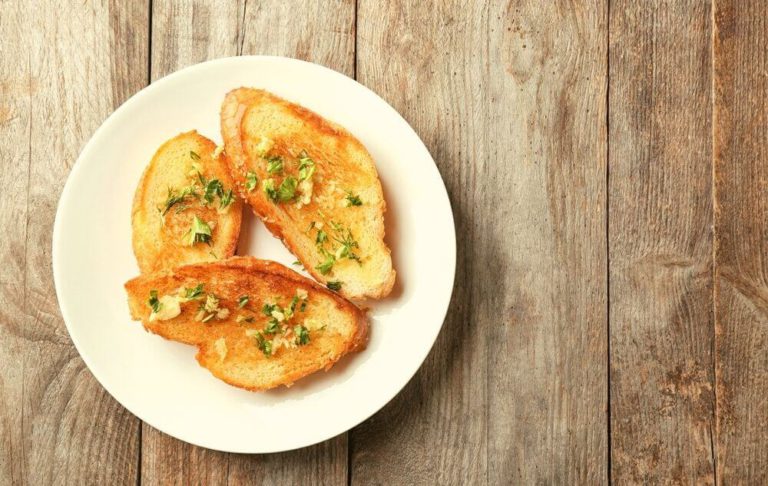Toast and peanut butter happen to be a breakfast staple in most houses around the world. But for someone who just took up a healthier lifestyle, it’s normal to ask, is peanut butter toast healthy?
“Healthy foods can’t be tasty” is a common, widespread misconception. And good old-fashioned peanut butter on toast is such a satisfying and filling early morning breakfast that you might easily doubt its health benefits.
Simply put, peanut butter on toast can be healthy. But there are so many ifs and buts behind it that we really need to delve into its details before coming to a solid conclusion.
Let’s see the facts:
You may also like: White Chocolate Peanut Butter
Portion Size
Before delving into any details, it is important to establish a baseline. Throughout this article, unless specified otherwise, we are going to talk about one 2 tablespoons or around 30 grams of peanut butter and one slice of toast.
If you notice the packaging of most commercially available peanut butter, you will see that they specify the serving size is 2 tablespoons. And that is probably because 30-35 grams of any nut butter is what you need to spread on a slice of toast evenly.
As for toast, one medium slice of white or whole wheat or any other type of bread will amount to about 35 grams of toast. So together, this meal can be a 64-gram meal that can be very healthy, but you need to pay close attention to the details.
Why Peanut Butter Is Good for You?
Usually, an organic jar of peanut butter from a good brand will be made of fresh or roasted peanuts, and they will not have a lot of harmful additives. This type of peanut butter is a fantastic choice for health benefits.
A serving of this delicious nut butter will contain around 15 grams of protein while also being rich in vitamin E, Vitamin B6, Magnesium, Manganese, and Niacin (B3). All of these are necessary and very good for your health.
Peanut butter is also a really good source of copper, and yes, you do need the mineral copper in your body. It helps your bones and blood vessels stay in good health while your immune functions work as intended.
As for the “butter” part of the equation, peanut butter contains a lot less of those saturated fats that you only hear bad things about. In fact, peanut butter is a great alternative to regular old butter as all the fats you will find here are mostly the good kind.
For example, Oleic Acid and Omega-6 are fats that can reduce the risk of cardiovascular diseases while keeping LDL cholesterol low.
Here are a few health issues that peanut butter can help you in:
Keeping Your Weight in Check:
If weight management is what you are concerned about, then good for you, peanut butter works wonders in that area too. The big servings of proteins, fibers, and monounsaturated fats make it so that a meal consisting of peanut butter will take longer for your stomach to digest.
This, in turn, will help you stay full for longer periods of time. Basically, you will eat less and feel hungry less often. This is also why bodybuilders everywhere tend to endorse peanut butter.
Blood Sugar Reduction:
Peanut product that comes with no added sugar will not have any meaningful impact on your blood sugar level. This includes roasted peanuts, peanut oils, and of course, peanut butter.
Substituting any toast spread like jam, butter, or Nutella with peanut butter means you will reduce your sugar intake by a pretty hefty margin, and that will keep the blood glucose levels in check.
Reducing Diabetes Risk:
In the same vein, regular and limited consumption of natural peanut butter will reduce the risk of diabetes. According to research, this reduction can be as high as almost 20%.
Blood Pressure Control:
Another mineral available in abundance from peanut butter is potassium. Along with other benefits, potassium will help you keep your blood pressure in check.
However, it is important to know the sodium or salt contents of the brand you buy as some manufacturers might put a bit too much salt, and as we all know, that is pretty bad in terms of blood pressure.
Prevention of Cancer:
The antioxidants that we have been talking about thus far are also known for their effectiveness in cell repair.
This means peanut butter can and will help your body cells stay healthy for longer, and when they eventually do get damaged, they can also be repaired. However, in the long run, healthy cells mean fewer chances of rare chronic diseases, e.g., cancer.
Improvement in Skin and Bone Health:
Vitamin E is an antioxidant that, along with other benefits, will keep you safe from harmful UV rays. When we go out in the sun or even stay in, for that matter, the largest organ of our body, our skin, gets an unhealthy amount of UV exposure.
The antioxidants in peanut butter will reduce your risks of UV damage.
At the same time, other antioxidants of peanut spread can help calcium be efficiently transported throughout your body. It will also encourage healthier blood clotting and give your bones just the boost they need.
You may also like: Cinnamon Raisin Peanut Butter
Why Can Peanut Butter Be Bad for You?
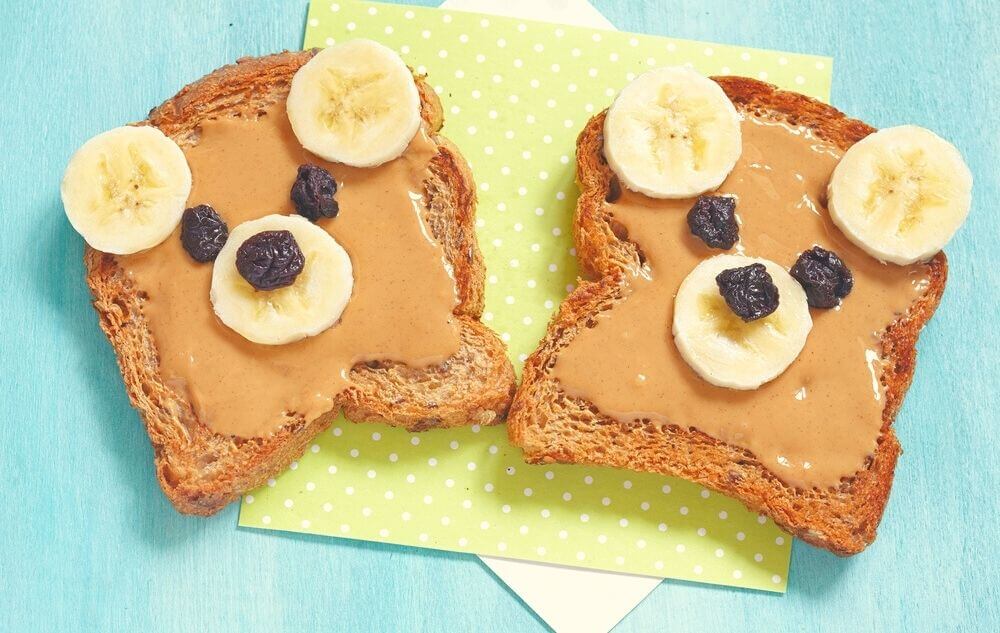
While we just basically raved about how peanut butter is so amazing, there is a flip side to that coin too. Too much of a good thing is mostly bad, and this phrase reigns truer than ever in the case of peanut butter. It is great for your body until it’s not.
Here are a few bad sides of peanut butter that you should look out for:
Calorie Density:
Staying in good shape is a lot more about mathematics than you might think. You can easily calculate the amount of calorie intake and calories burnt throughout the day to effectively judge how “healthy” your day has been.
Intaking more calories than you can burn in 24 hours is not ideal, and peanut butter does not really help this case. This spread is incredibly calorie-dense, and even one serving size can be up to 200 calories.
Overconsuming:
The danger with labeling something “healthy” is that people do not really pay attention to how much they consume when something is “healthy.” But obviously, they should.
Eating an ungodly amount of peanut butter is not good for you. It will fill you up with calories and leave a lot less space for actual healthy food in your stomach. It will also directly influence your heart, blood, and body weight.
Sodium Content:
Salt enhances the flavor. So it is very common for peanut butter makers to stuff their products with more salt so that they taste better. And admittedly, they do taste better, but at what cost? More salt means more sodium, and your blood pressure will hate you if you do not carefully monitor your sodium intake.
All the Additives:
While natural and pure peanut butter are amazing, most commercially manufactured, brands are not. To extend the shelf life and make it more palatable to the average joe, big brands stuff their bottles with all sorts of oils, stabilizers, and white sugar.
It might help your jam be tastier and easy to use, though it is definitely not in the best interest of your health.
This is no small issue either; some brands are so liberal with these additives that a lot of the jars available in the supermarket do not even have peanuts as their main ingredient. Even “natural peanut butter” is guilty of this sin.
Harmful Pesticides:
Peanut production is a complicated process that is also pretty difficult compared to other nuts and fruits. One of the biggest reasons for this is peanuts are easily attacked by various insects and pests.
To combat these, farmers are pretty generous with their use of pesticides, and owing to the naturally thin shells of peanuts, some might leech inside and contaminate the actual nut.
Traces of these pesticides in a bottled jar of peanut product has been proven to decrease fertility in men along with being awful for pregnant women. So picking an organic variety is a must.
Aflatoxins:
Aflatoxins are toxins generated by a fungus that may infect farmland and peanut plants. Several studies have connected the presence of aflatoxins in food possessing an elevated risk of liver and kidney cancer.
While in developed countries, this is not that big of an issue, in tropical and sub-tropical climates, outbreaks are just waiting to happen.
You may also like: Peanut Butter Strawberry Shortcakes
What Kind of Peanut Butter to Stay Away from

A general rule of thumb is always to avoid the big brands’ mass-manufactured products. As delicious and cheap as they are, it comes at a severe cost. Additives, preservatives, and stabilizers are all your enemy here.
Consulting the content list on the label of a particular product you are interested in is important. Look to see if there is any palm oil and/or salt. Both of those should be avoided. Then coming to sugar, unless you make your butter from scratch, sugar can not really be avoided, so just pick the one that has the least amount.
Additionally, do not be fooled by the “reduced-fat” variety as they will trade the fat with more added sugar. Even if you are buying the regular kind, still look for the sugar amount and find the one with as little sugar as you find.
The “no-stir” variety is also “no-good,” as typically it means there are additive oils to stop the natural fats from separating.
What to Look for in a Peanut Butter
Always go for the natural and organic variety for any spread, peanut butter included. “Natural” means there will not be any artificial or synthetic products added, and that is exactly what your body needs.
Read the contents list again to see if peanuts are the first and main ingredients, and also, as a general rule of thumb, the fewer ingredients in that list, the better.
Moreover, you can look for some separation as that is a fully natural process, and it usually indicates that the peanut butter has little to no additives. Stirring might require a little bit more effort every morning, but your body will thank you in the long run.
Thus, you should pick a natural and organic peanut butter that has no palm or other oil and is unsalted. Having said that, there is a better option. Some boutique convenience stores offer grinding services and will make you fresh peanut butter right in front of you.
If one of those is available near you, we highly recommend it. Another option is to make your own in a food processor, and in that way, you can carefully control the sugar and salt amount.
What Bread to Pick?
Peanut butter toast is only half peanut butter. The rest of it is the bread, and it is just as important if you are conscious about what you put in your body. So what kind of bread is the best?
We’ll tell you what’s not best or even good. White bread. White bread should be avoided at all costs as it is made from highly processed grains and has a lot of added sugar, among other things.
100% whole grain is what you should pick. Bread made with 100% whole grain will enhance your cardiovascular health as well as ensure you get enough healthy carbs and nutrition.
If you want some more specific recommendations, here is a helpful list of all the bread that are considered to be healthier alternatives to white bread in no particular order:
- Sprouted whole grain bread
- Rye Bread
- Oat Bread
- Sourdough
- Flaxseed Bread
- Gluten-Free Bread
If you are looking to cut down on carbs further, here is a fantastic bread alternative. Apples. Yes, you read that right. Please don’t knock it before you try it!
Nutritional Values:
Coming back to our calorie conversation again, below you will find a nutritional value chart for one slice of whole-grain bread and 2 tablespoons of organic natural peanut butter. Our final verdict will be based on that chart and some other discussions.
So we highly recommend you check the chart out to see if a slice of toast with peanut butter should be the go-to breakfast for your dietary needs:
| Portion Size | 68-70 g |
| Calories | 250 |
| Total Fat | 12g |
| Saturated Fat | 2.5g |
| Total Carbohydrate | 29g |
| Sugar | 5g |
| Protein | 9.5g |
| Cholesterol | 0g |
| Dietary Fiber | 2.5g |
| Potassium | 197mg |
| Sodium | 320mg |
| Iron | 10% |
| Calcium | 6% |
Note that this chart was based on our sample of peanut butter toast and it will vary slightly depending on your choice of peanut butter and bread as well as portion size. So take this chart with a grain of salt (unlike the peanut butter).
Is Peanut Butter Toast healthy? The Verdict

Carefully observing all the facts at our disposal, the answer is yes. Peanut butter toast is healthy. However, the caveat here is that not all peanut butter on any toast in any amount is healthy. Here is a prerequisite for peanut butter toast to be healthy:
- The peanut butter is natural without any synthetic additives or oil
- Peanut butter does not have a high amount of sugar or sodium
- 100% whole grain bread is used
- The serving size of 1 piece of toast and 2 tablespoons of peanut butter is maintained
As long as you follow these 4 rules, peanut butter toast will be a fantastic breakfast or snack for you, and you can eat it without any guilt.
How to Make the Healthiest Peanut Butter Toast?
Aside from the rule of 2 tablespoons of peanut butter spread evenly on one slice of toast, you can play around with toppings to make your breakfast even more delicious.
The best topping that we can recommend here is fruits. Although they add calories to an already calorie-packed meal, they do not really do any serious harm.
Apples, bananas, kiwi, avocado, strawberries are all great options. If you are looking to add a bit of extra sweetness, drizzle some honey or natural maple syrup but do not overdo it.
A sprinkle of chia seeds will also taste amazing, while a small pinch of flakey sea salt will bring out the natural peanut flavors.
As for toppings, you should avoid, don’t use butter on your toast, and don’t use jams with high sugar content.
Frequently Asked Questions (FAQs)
Is Peanut Butter Toast good for weight loss?
Yes, Peanut Butter keeps you full longer, and thus it works very well with a wide range of diets, including weight loss ones.
How many calories are in 2 slices of toast with peanut butter?
In 2 slices of whole wheat toast and organic refined sugar-less peanut butter, you will find around 480 to 500 calories.
Is toast healthier than plain bread?
Toasted bread is healthier and more delicious than plain bread as it contains carbs without a high glycemic index.
Conclusion
You can kiss all your worries about your breakfast staple goodbye as the answer to your question, is peanut butter toast healthy, is yes. They are indeed healthy. Just keep your peanut butter’s calorie count and quality in mind, and you won’t have this delicious breakfast or snack weighing on your conscience!


